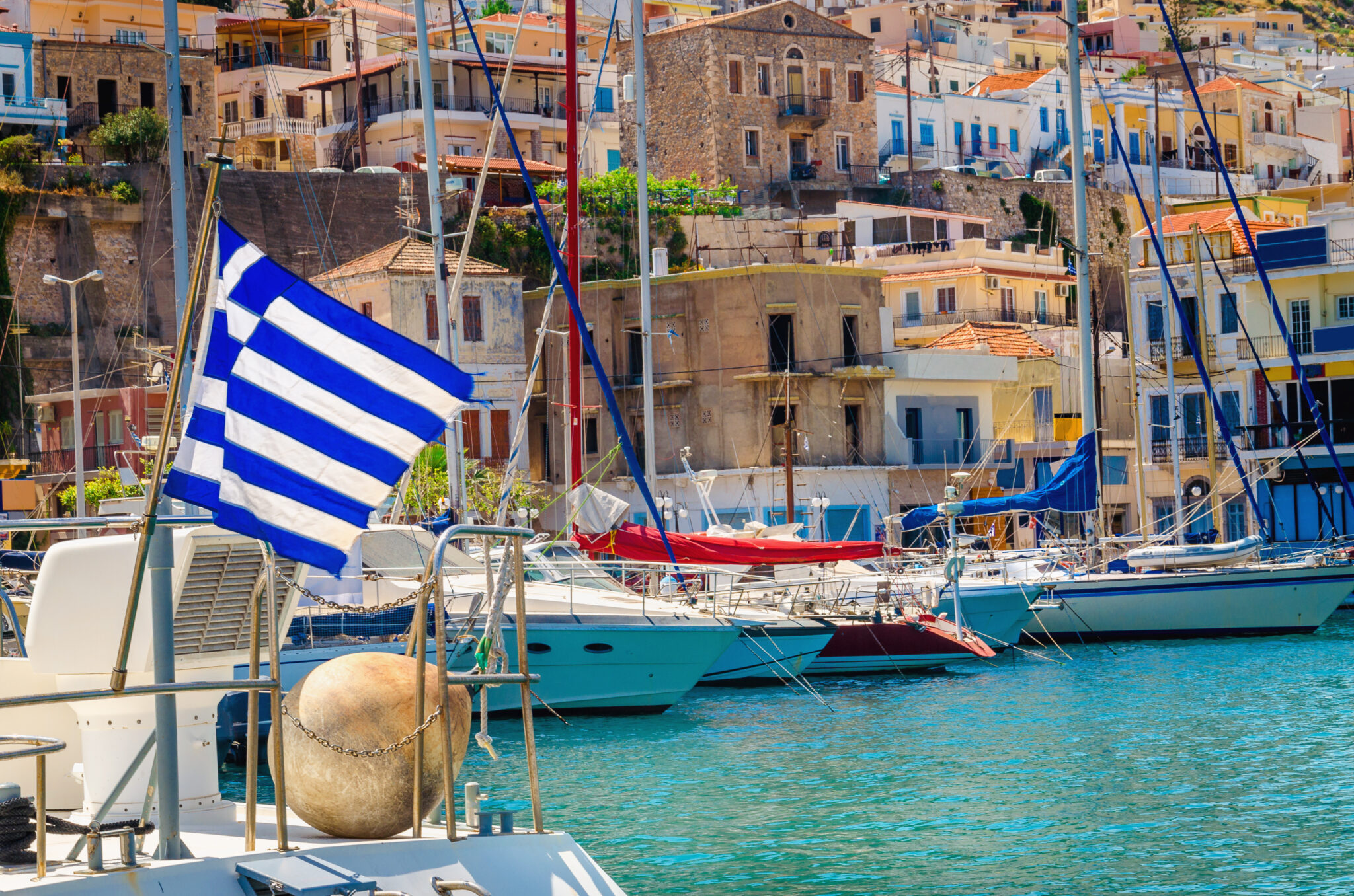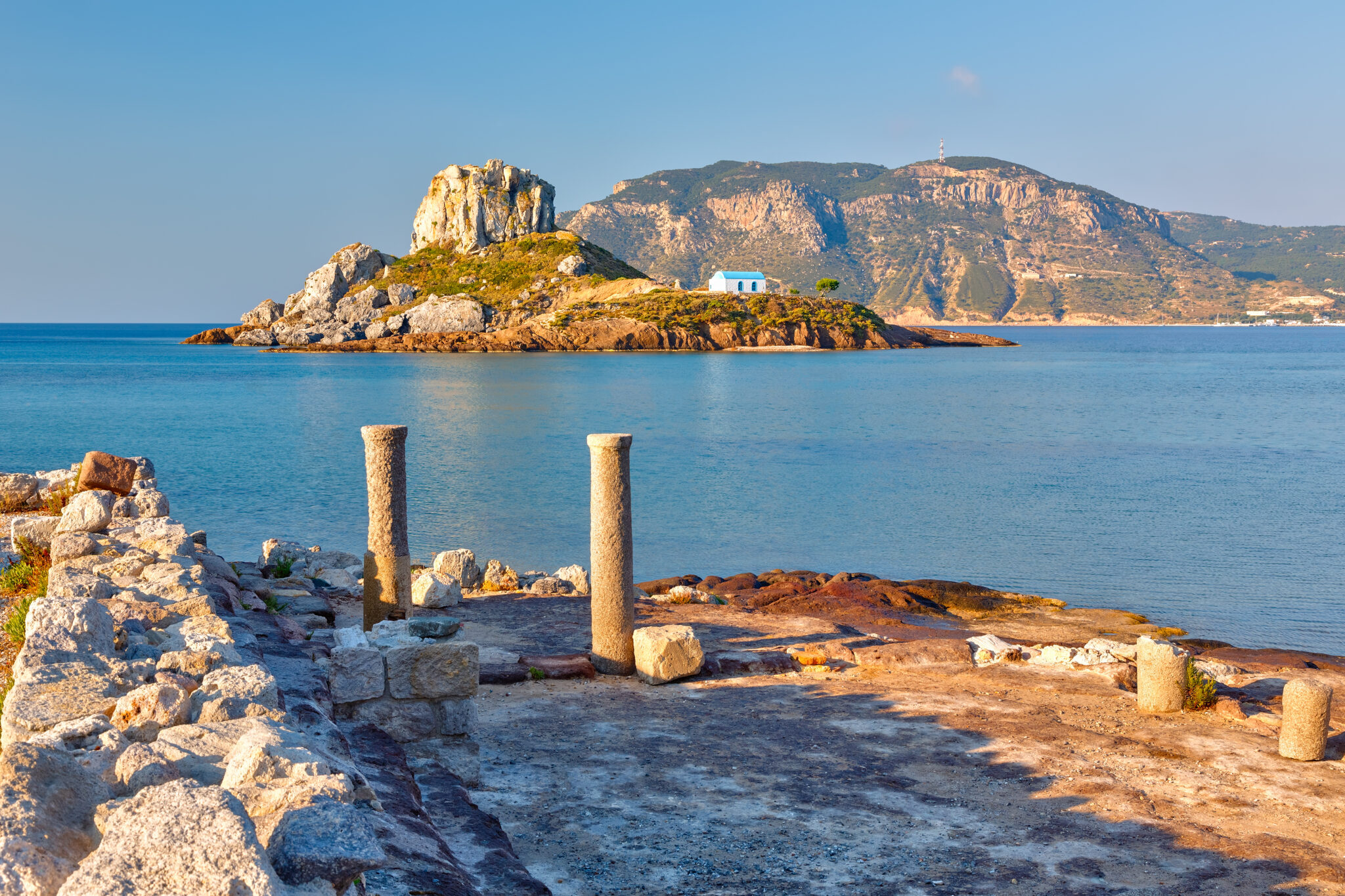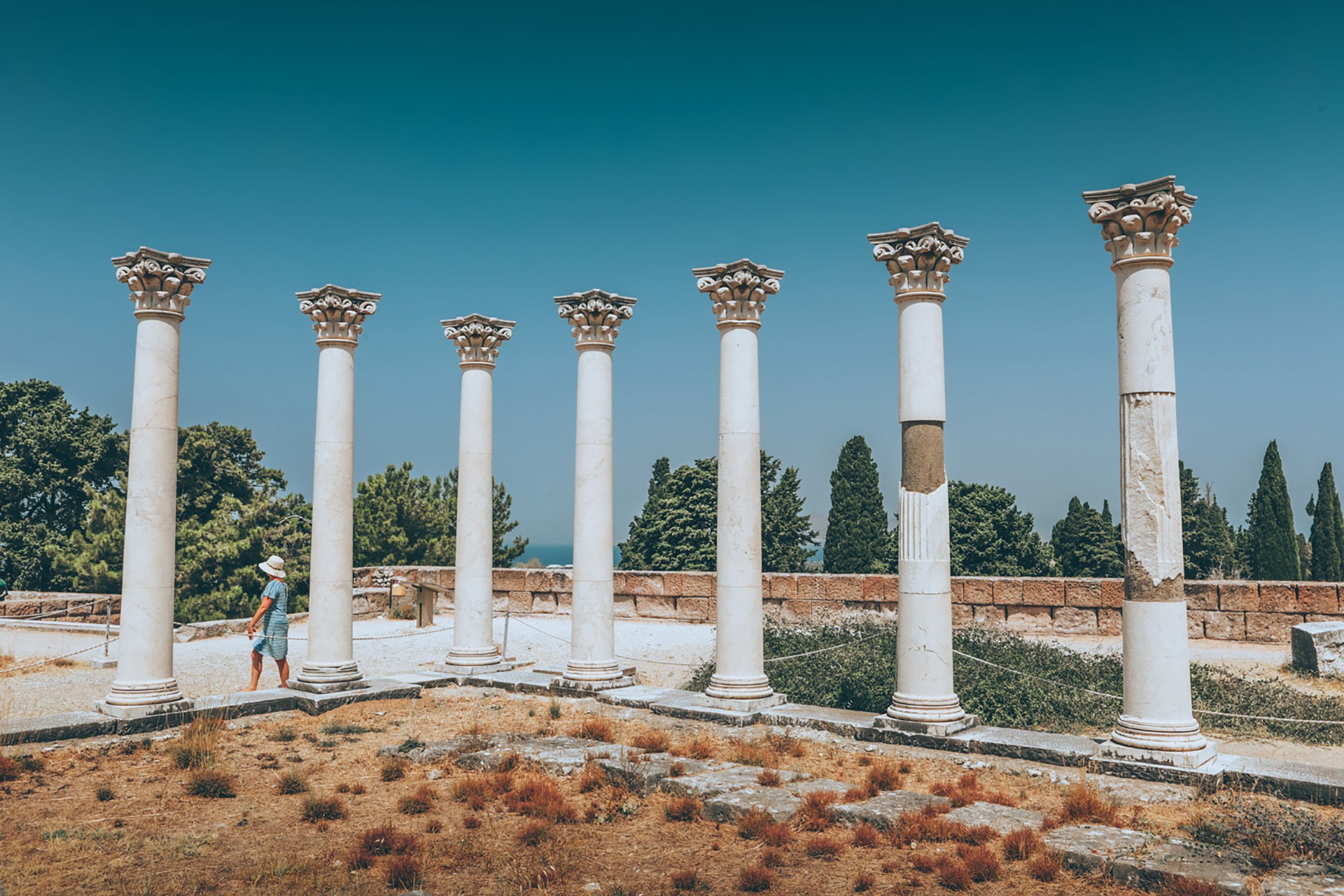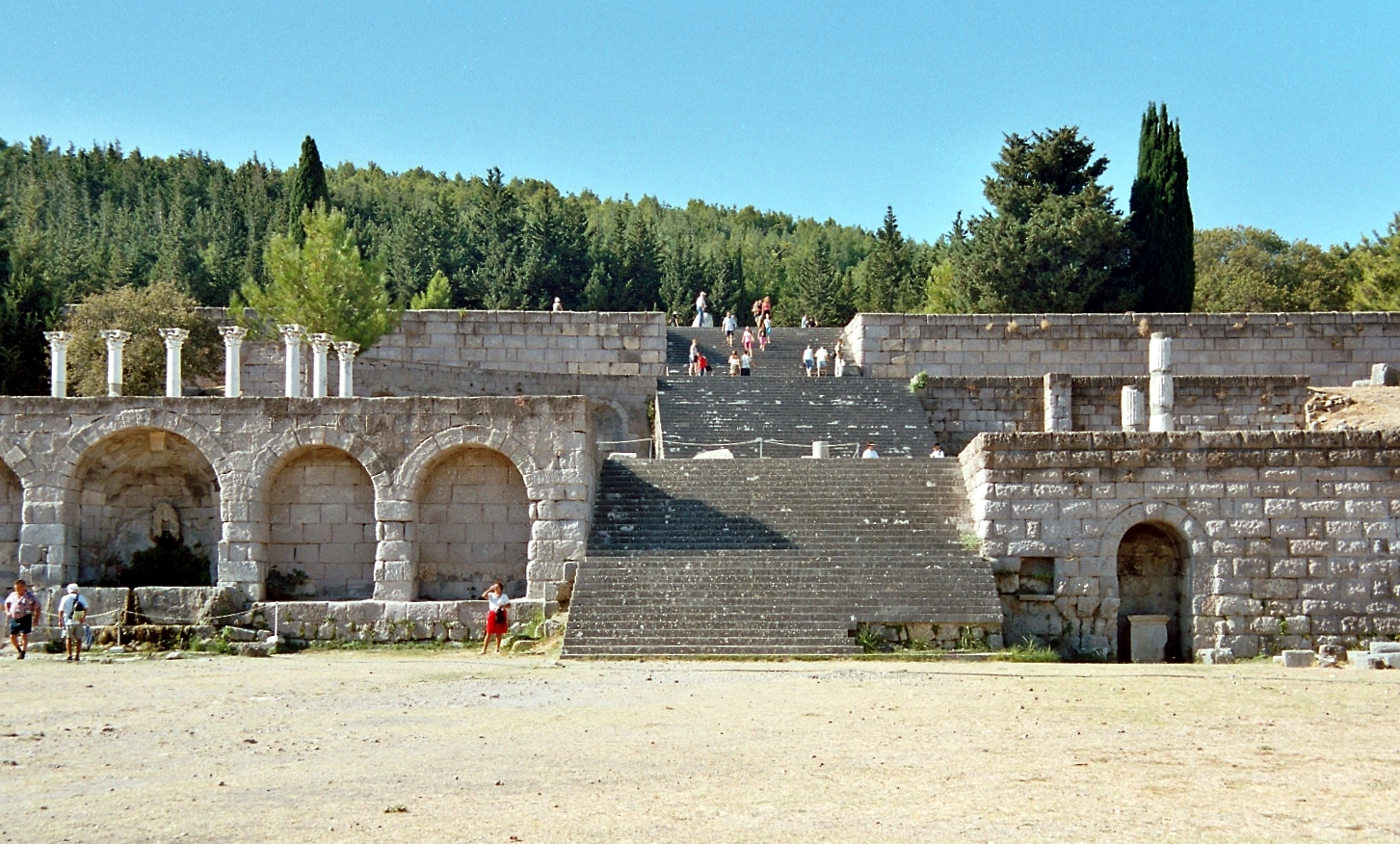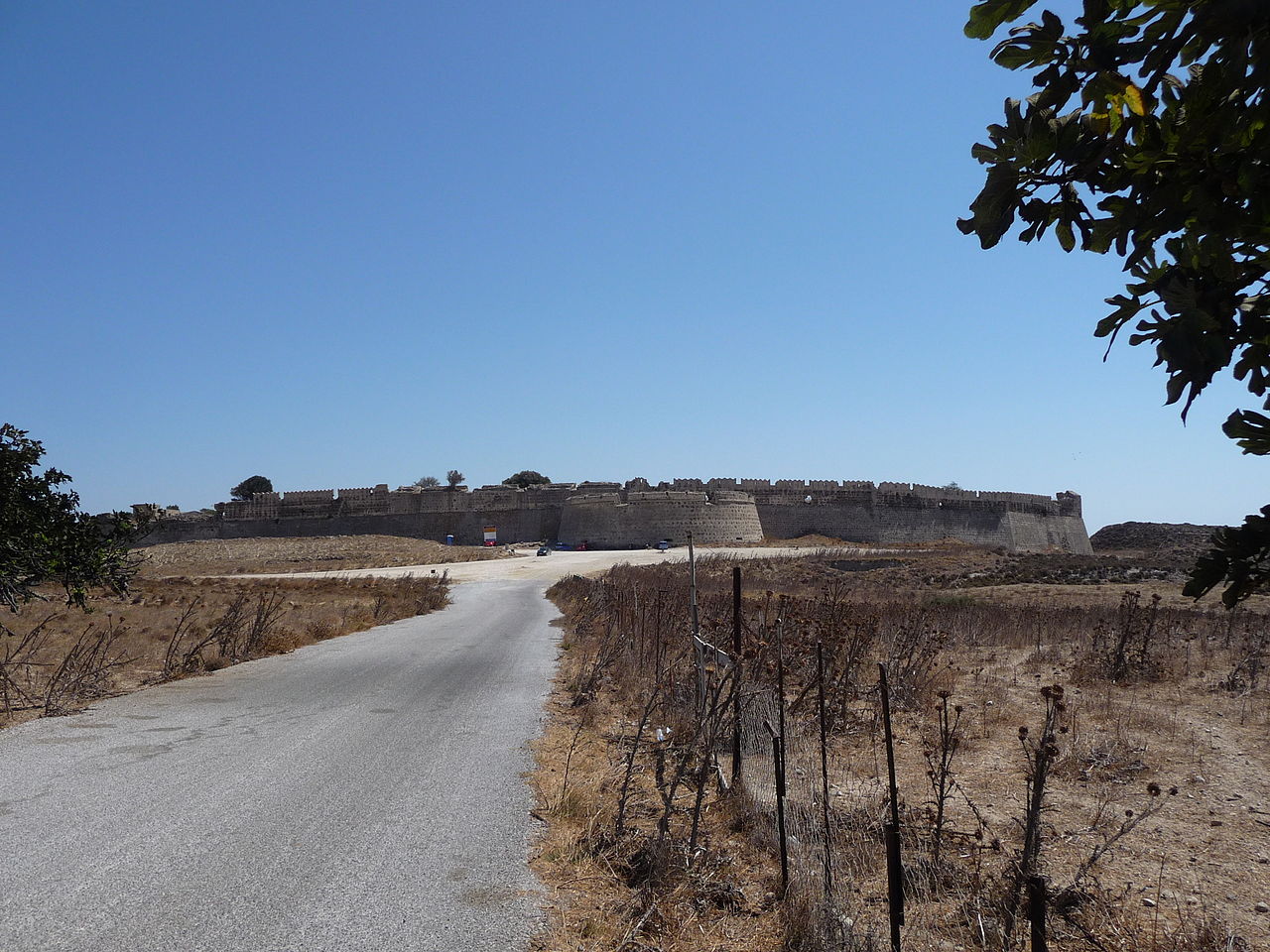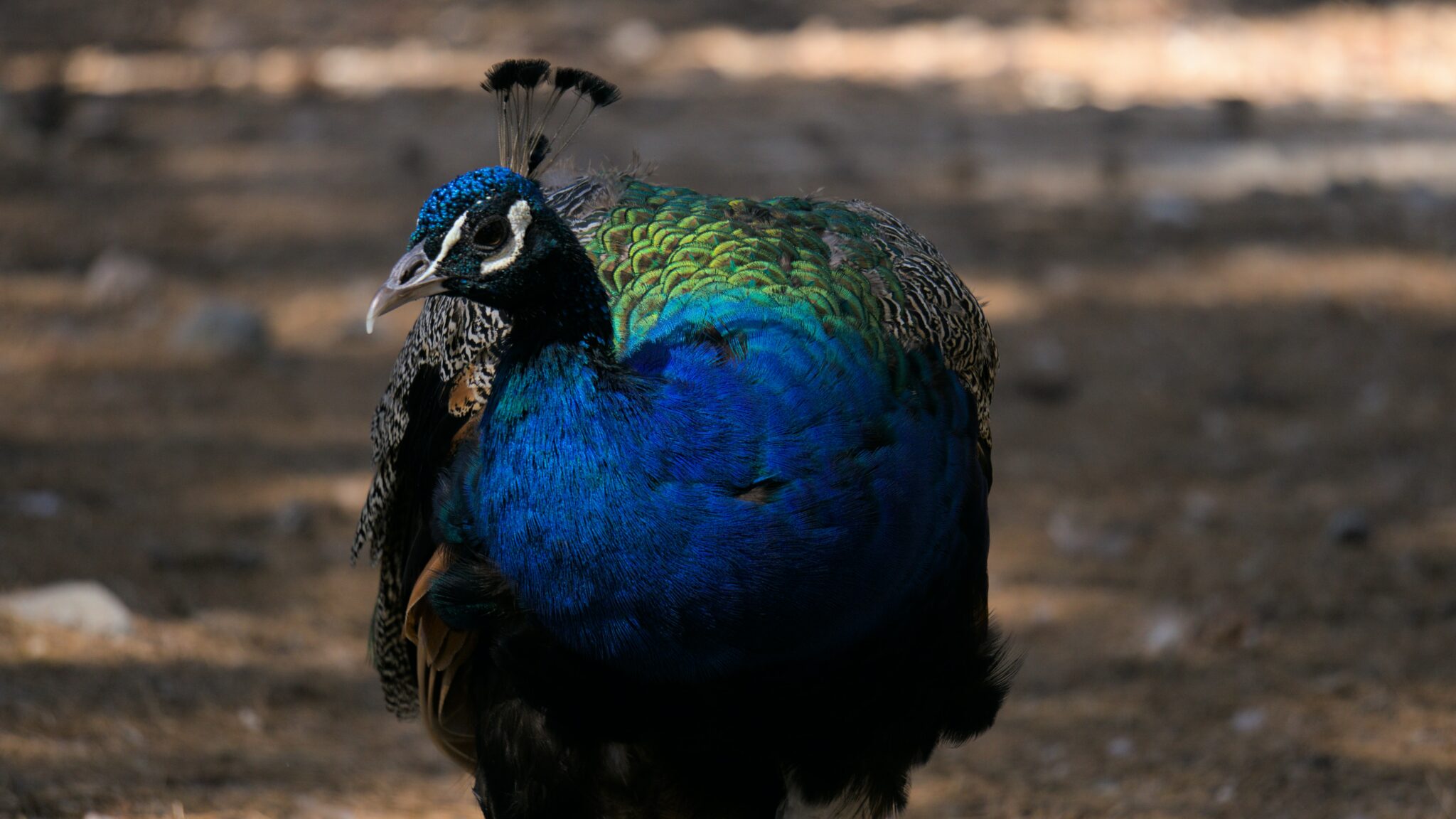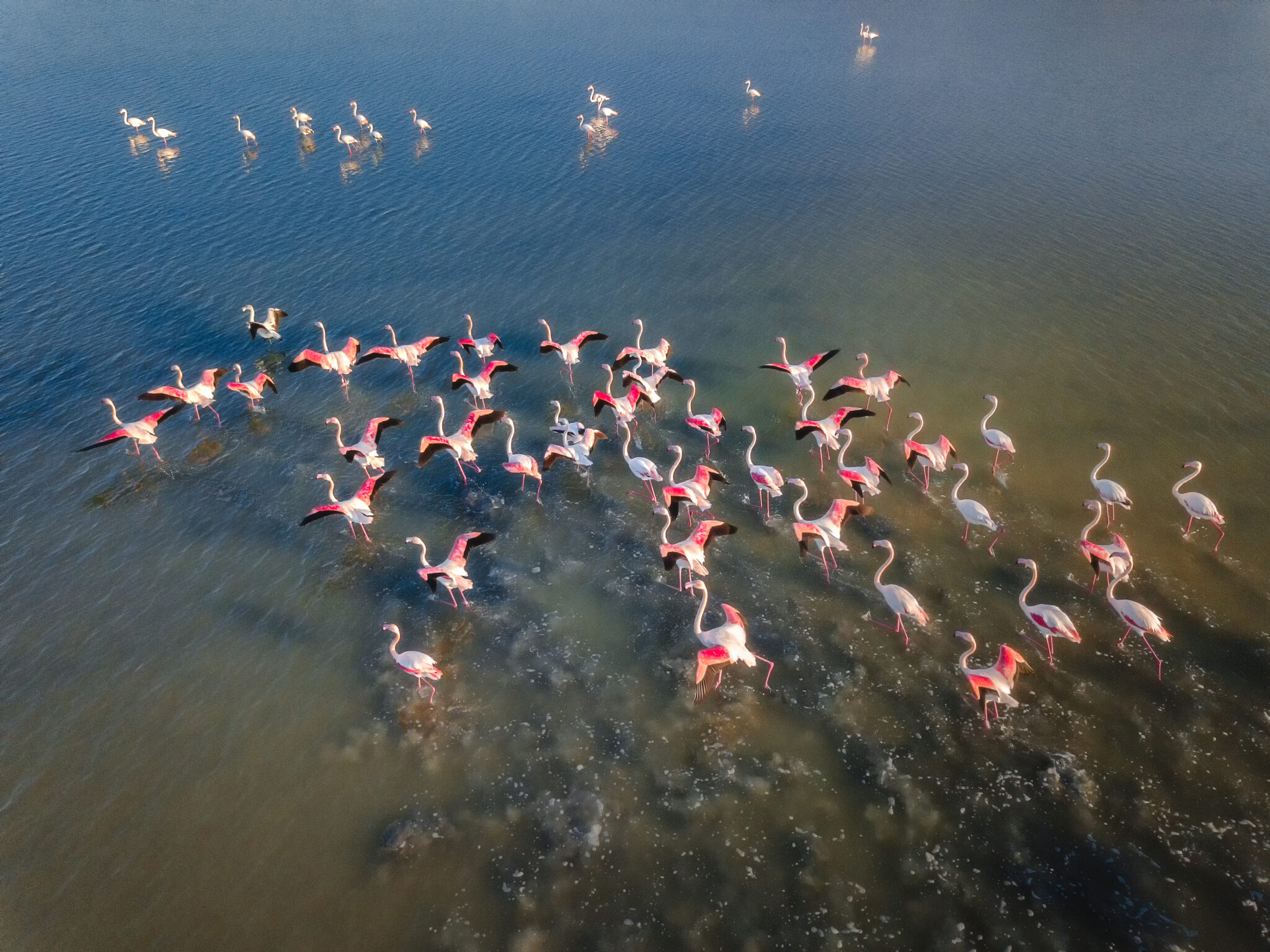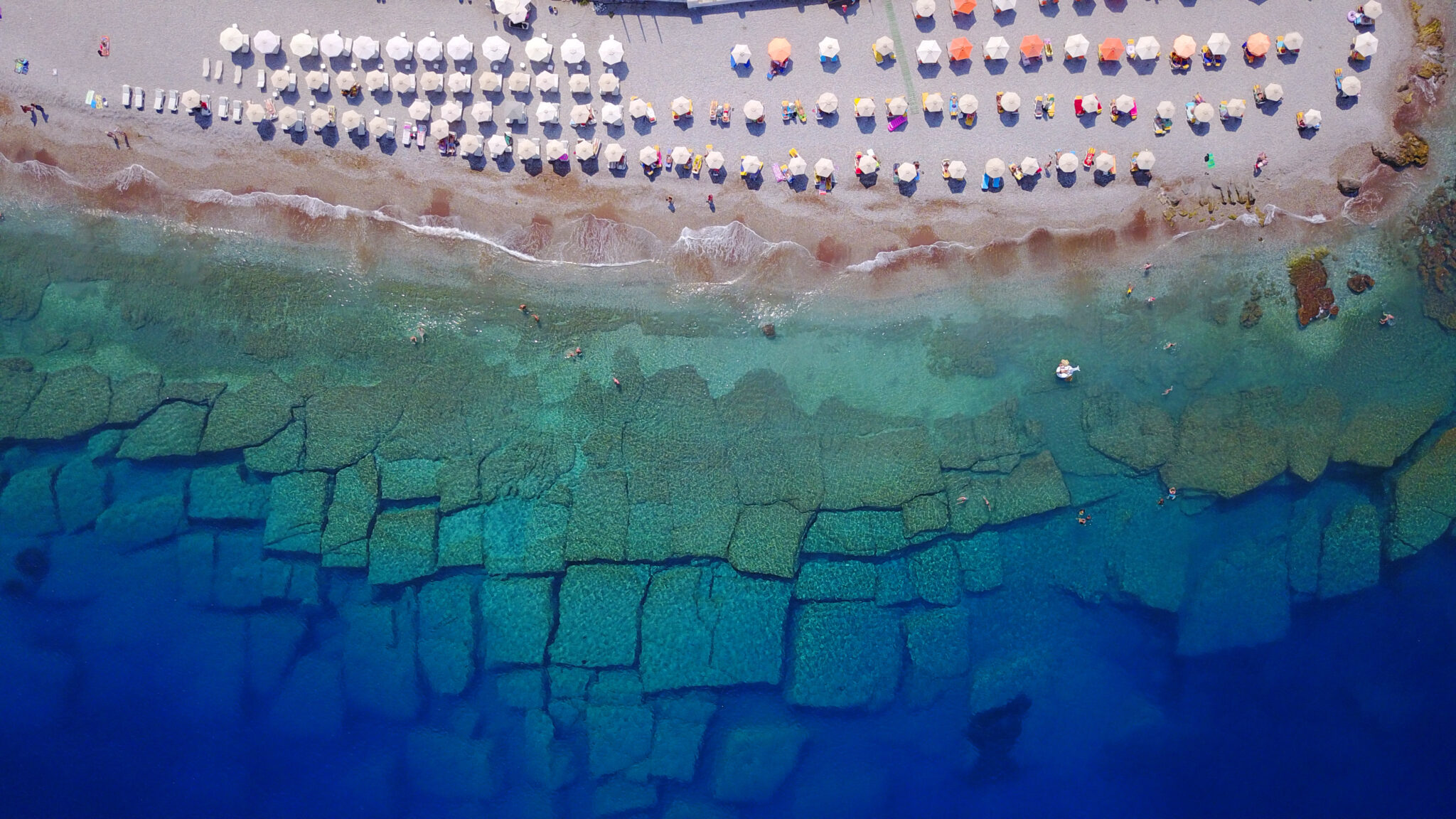Discover the enchanting Aegean Island of Kos, a treasure trove of ancient and modern wonders. Immerse yourself in the rich Greek and Roman history that permeates this captivating destination. Explore the famed Asklepieion, an ancient sanatorium where Hippocrates once practiced medicine, and admire the traditional architecture of the Asfendiou settlement and Zia village.
Stand in awe of the centuries-old castles of Antimachia and Kefalos, and experience the serenity of the Forest of Peacocks. Unwind at the rejuvenating thermal springs and observe the abundant wildlife in the wetlands of Psalidi and Tigaki.
Bear in mind that numerous must-visit attractions on Kos are scattered across this expansive island. Therefore, it’s crucial to rent a vehicle for easy access to these sites. Opt for a reliable car rental service to ensure a hassle-free and enjoyable experience.
The Asklepieion of Kos
Only 3.5 km (2.2 miles) from the town, one of the most important archaeological sites in Greece, it was one of the three most famous Asklepias of antiquity (the other two were in Epidaurus and Thessaly). It functioned as a sanatorium dedicated to healing deities such as Apollo, his son Asklepius, and Hygeia.
In the 5th century BC Hippocrates, the man who transformed medicine from a magical-religious practice into a true science, began teaching and treating here. The Asklepieion was constantly supplied with water from two springs that still flow in its hearths. The ancient sanatorium is spread over three levels, separated by retaining walls and connected by marble steps. Scattered ruins of altars, shrines, baths, entire columns of temples, stonework of houses and hospitality areas are preserved. The first excavations began in 1902 and in 1930 the Italians carried out extensive restorations.
The settlement of Asfendiou and the picture-perfect mountainside village of Zia
In this lush, green location, 14 km (8.7 miles) from Kos town, you find not one village, but five: Lagoudi, Evaggelistria (or Pera Geytonia), Asomatos, Agios Dimitrios (or Haichoutes) and Zia near the springs of Mount Dikaios. What makes the area special is its architectural ensemble based on the agricultural economy of the Dodecanese during the 19th and early 20th century.
Zia stands out from the rest and is located at the highest point. Although it’s hugely popular with tourists, it retains its traditional character. It 8s a welcoming place, with its whitewashed houses, paved streets, and shops with traditional products. You will find fantastic views of the sea, Pserimos, Kalymnos and the coast of Asia Minor, especially at sunset. For those who love trekking, it’s worth climbing over Zia to the top of the Dikaios mountain to find the historic chapel of Dikaios Christos (1079).
The Castle of Antimachia
Located near Kardamena, just outside the village of Antimachia, the Byzantines had previously fortified the same place. The most has been made of its naturally fortified position. To the north, on the smoother side, the walls are more solid, while to the south the fortification uses the natural environment. It was founded at the beginning of the 14th century. Inside the precinct are the churches of Agia Paraskevi and Agios Nikolaos, and ruins of the Virgin of Mercy and an Ottoman mosque are preserved.
The Castle of Kefalos
Located in the settlement of the same name, the castle was left unscathed by the Ottoman siege of 1457, but was finally evacuated in 1505. Part of the wall is visible on the rocky hill to the south of the settlement.
The Forest of Peacocks
Hidden in a valley, just before Antimachia, is the forest of Plaka. It was planted by the Italians in the 1940s. In 1980 the forestry service created a small refuge for peacocks and other species of bird. Today it is a recreational park. Peacocks are numerous and approach fearlessly. If you wait patiently and silently, you might see the beautiful white peacock.
The Thermal Springs
There are three types of hot springs on Kos: hot, cold, and hypothermic. The most important are those of Agios Fokas on the beach of Thermae, Agia Irini, Kokkinonero southwest of Asklepieion, and Vulcans.
Very close to the source of Kokkinonero, muddy mineral water flows from another point and you can use the ‘clay’ as a therapeutic balm. There are plans by the municipality to exploit the thermal spring at Therma, where thousands of visitors come each year but find no tourist infrastructure.
The Wetlands at Psalidi and the Salt Marshes at Tigaki
Next to the famous Psalidi beach, the Psalidi wetland provides shelter for many migratory birds and also water turtles. The Italians used to exploit it for salt production. It is included in the protected areas of Greece because of its biodiversity.
Close to Tigaki beach is Alykes, a Natura 2000 protected area. The wetland has reeds, marshes, tamarisk, and is home to many birds – including pink flamingos and herons. The area is easily accessible.



